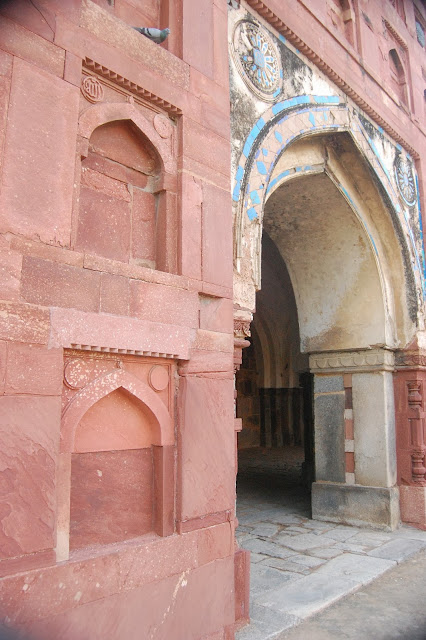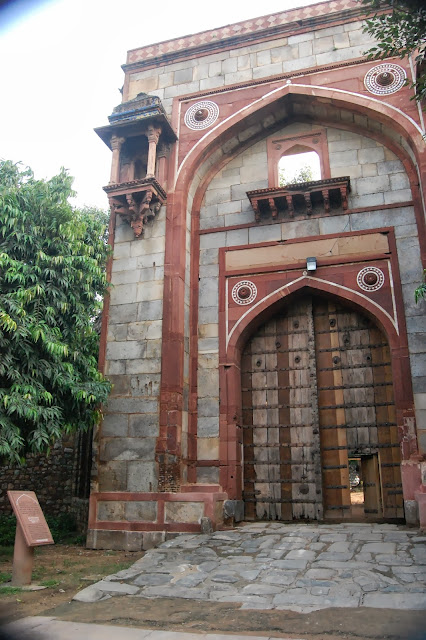of light and shadow
a glimpse into my world through pictures
Saturday, 3 May 2014
Friday, 18 October 2013
Revisiting Humanyun's Tomb
I have been taking pictures of the Humayun's Tomb since 2006. Last week I had a sudden urge to revisit the tomb, especially after its grand opening (read: "The Emperor's new Tomb"). The pictures I have taken of this tomb look almost the same. Yes, it is the same monument. But I realised it was also the way in which I was "seeing" the monument. I was never interested in the history of this monument, the architectural nuances.
This time, I felt, it was time to expand my understanding of this monument.
Brief History:
Known as the precursor to the Taj Mahal, Humayun's Tomb was build by Haji Begum (Humayun's widow) in 1569-70, 14 years after his death. Often described as the "necropolis" of the Mughal Dynasty, this houses around 150 graves. A beautiful grave, for sure.
The restoration took "6 years and 200,000 man-days of painstaking work done by craftsmen".
This tomb provided shelter to Bahadur Shah Zafar in 1857, and in 1947, served as a refugee camp during Partition. Read a very detailed piece on this monument "After Humayun, who?"
-------------------------------
Brief History:
Known as the precursor to the Taj Mahal, Humayun's Tomb was build by Haji Begum (Humayun's widow) in 1569-70, 14 years after his death. Often described as the "necropolis" of the Mughal Dynasty, this houses around 150 graves. A beautiful grave, for sure.
The restoration took "6 years and 200,000 man-days of painstaking work done by craftsmen".
This tomb provided shelter to Bahadur Shah Zafar in 1857, and in 1947, served as a refugee camp during Partition. Read a very detailed piece on this monument "After Humayun, who?"
-------------------------------
Directions to Humayun's Tomb/ Afsarwala Tomb Mosque/ Arab Serai/ Barber's tomb
The wait was worth it - waiting for the encircling birds to be captured against the monument
Isa Khan Tomb
Bu Halima Enclosure (Before Renovation)
Bu Halima Enclosure (After Renovation)
Arab Ki Sarai
Wednesday, 11 January 2012
Saturday, 22 October 2011
Friday, 3 December 2010
Tuesday, 20 July 2010
Friday, 16 July 2010
Friday, 2 July 2010
Wednesday, 12 August 2009
Old faces, New Effect
I came across this online-software - rollip to give pictures a Polaroid effect. Quite interesting and easy to use.










.JPG)
.JPG)
.JPG)










.JPG)
.JPG)
.JPG)
Subscribe to:
Comments (Atom)












































